Part 1: Early Streets and Cary Families
Street signs help us find our way around our area, but street signs in downtown Cary can also teach us about the history of our town. So, grab a downtown Cary map or use the one below as you read along and learn about some of the stories of Cary’s past. This is part of a Cary map published in 1962 that shows the streets we will explore below.
.jpg)
The Road to Hillsborough
Let’s start before Cary was Cary. Cary was incorporated as a town in 1871, but it existed well before that date. A road from Raleigh to Hillsborough ran through our area very early on and is captured in this 1798 Price-Strother map.
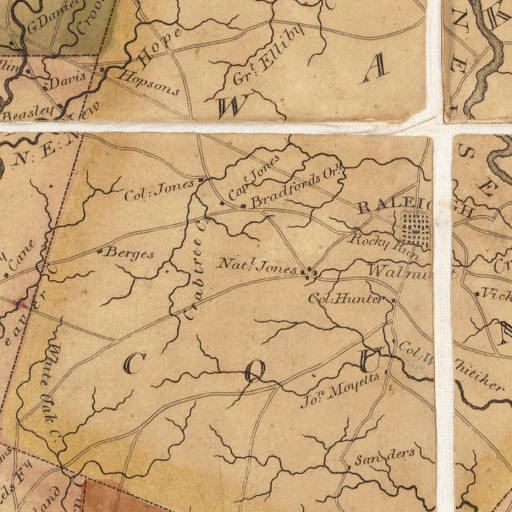
On this part of the map, you can see a notation “Bradford’s Ordinary”. An ordinary was a combination tavern/hotel/inn for travelers. According to the history books, a man named John Bradford ran the ordinary. John Bradford owned land in Wake County, but there is no proof that he ever actually owned the ordinary or the land it sat on, but we are fairly certain that the house stood on Cary Town Hall grounds. So you might say that the road to Hillsborough was the first Cary street. Today there are remnants, perhaps, of this route along Hillsboro Street (Hillsboro Rd on the map above), which runs from N Harrison Avenue west toward Morrisville.

Here is another map of future downtown Cary that dates to the mid-1850s when a new railroad route through the area was being proposed. The North Carolina Railroad sent out survey parties to map the right of way along the route from Goldsboro to Charlotte, and as a result, included the route through Cary.
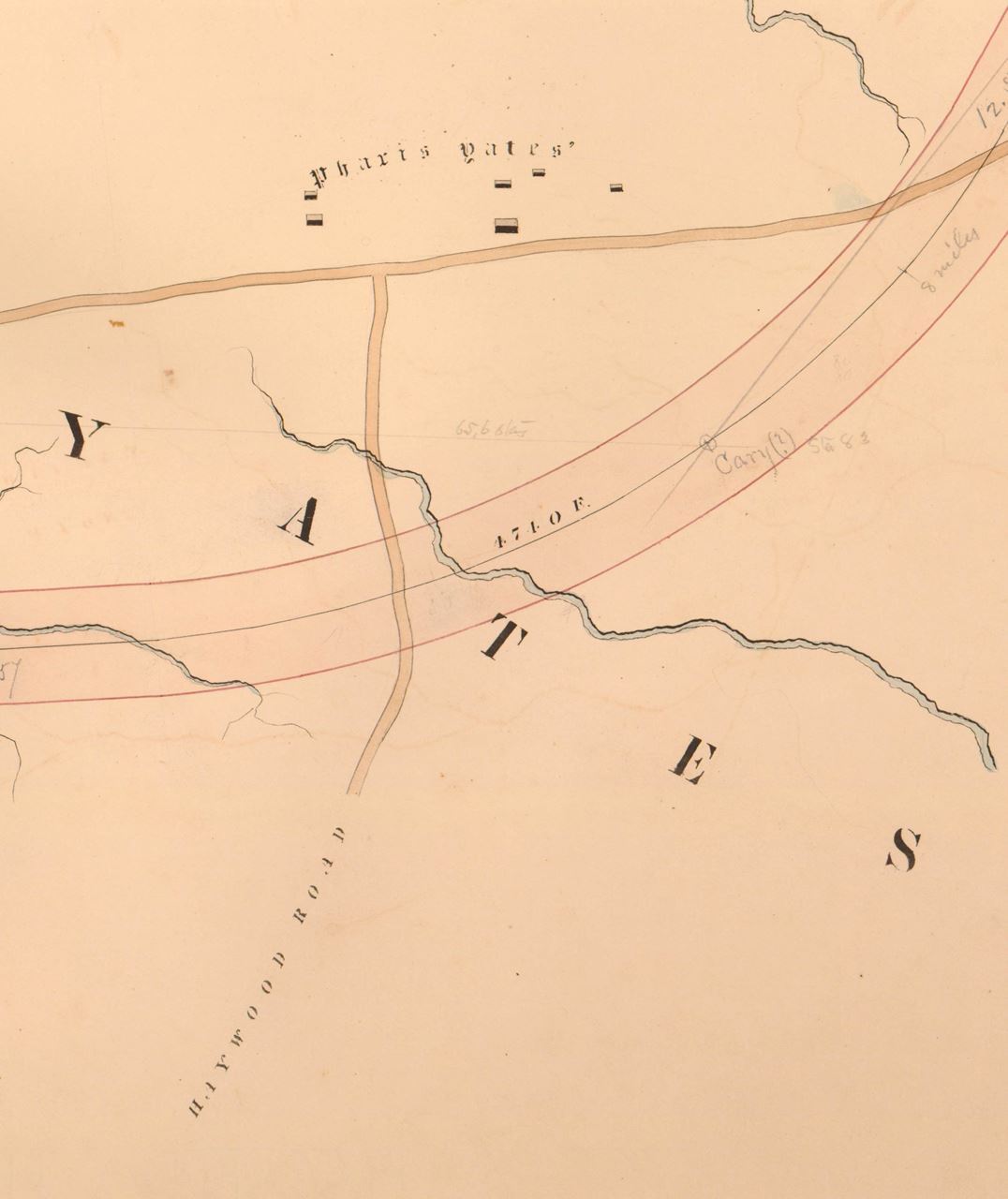
You can see part of what has become “downtown Cary”. Pharis Yates, who later owned and operated Yates Mill in Wake County, bought this land from his father Eli Yates of Chatham County in 1841. The road running in front of his homestead is Hillsborough Road. The proposed railway route is marked by the large pink band, and someone has penciled in the name Cary. The actual train track was laid much closer to the Yates Homestead than this map indicates.
Railroad/Cedar Street
From the map above we can see that the road and the railroad coexisted very early on, and the road and railroad still run side by side in downtown Cary. The street was originally named Railroad Street, for obvious reasons, was later renamed Cedar Street, and was the main street of Cary.

In this birds-eye sketch on display at the Cary Museum in the Page Walker Arts and History Center, Jerry Miller captured Railroad/Cedar Street in its heyday as Cary’s main street, with businesses lining Railroad Street between Academy and Walker Streets. Today Cedar Street is an almost forgotten street and serves as an alternative route to Chatham Street, which today is considered Cary’s main street in downtown.
West Chatham Street
West Chatham Street was a continuation of the business district located along Railroad/Cedar Street. Chatham Street took its name from its destination, Chatham County and the Chatham Railroad that was planned to service important coal fields there. The name Chatham Street dates to as early as the late 1860s in early deeds of central Cary.


East Chatham Street
East Chatham Street from Ashworth’s Drug Store going toward Raleigh was a country lane in its early existence. It was lined with primarily residential properties and open land used for pastures. But in the 1920s, the Capitol Highway, US#1, was built along this country lane. Instead of heading into Cary down Railroad Street, the highway bypassed Railroad Street and routed traffic along what had previously been a mainly residential street into downtown Cary. This photograph shows the intersection of Walker and Chatham Streets looking east when the area was largely undeveloped.

Prominent Citizens Lend Their Names
As Cary grew from a wide place in the road to a village, more streets were developed and named after landowners or prominent citizens of Cary.
Dr. Samuel P Waldo
One of the earliest doctors in our area was Dr. Samuel Pierce Waldo, and he gives his name to Waldo Street that runs beside the First United Methodist Church in downtown Cary.

Dr. Waldo was born in 1845 in Hamilton, Martin County, east of Rocky Mount on the Roanoke River.
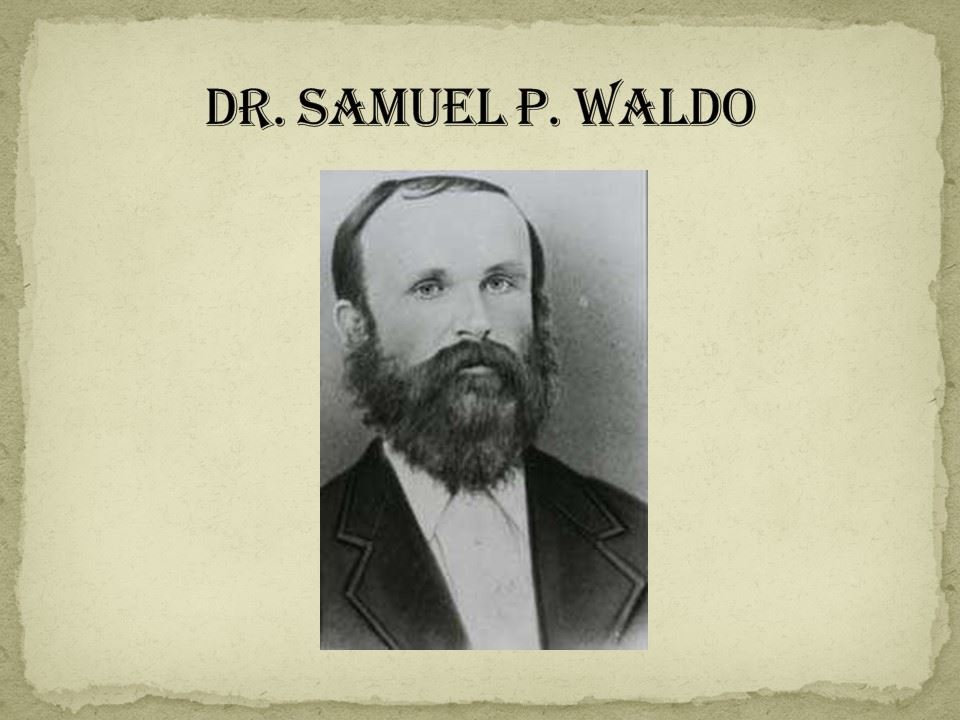
He studied medicine after the Civil War ended, graduating from the Washington University School of Medicine in Baltimore, Maryland in March 1868. After graduation, he moved to the Oxford, North Carolina area, and married Alice Owen, the daughter of a local doctor, in December 1868. He located to Cary around 1874 with his wife and, by that time, three sons. He owned a drug store on what the deed described as “Main Street or Railroad Street”. He was a highly respected figure in the community and his early death in 1891 at the age of 46, after a year of failing health, was a great loss to Cary. His family home stood at 114 Waldo Street behind the post office, across from the Methodist Church. The house has been saved and restored, and it stands today south of its original location and serves as the bridal suite for the Mayton Inn.


Walker Street
Another early family of the area was the Walker family. If you are familiar with the history of the Page Walker Hotel, you know that half its name is derived from Jacob and Helen Yates Walker. Here is a picture of Helen as a young woman. Helen Yates Walker was born and raised in the Cary area. Jacob was a section master for the railroad.

The Walkers bought about 26 acres from Frank Page in 1868, three years before Cary was incorporated, and this property ran along the east side of Walker Street from the railroad tracks heading south.

When Frank Page decided to sell off his property in Cary to move to Aberdeen, the Walkers bought the hotel and about 3 acres of land on the north side of the tracks for $3000 in 1884.

This early photo of the hotel dates to about 1916.
The couple ran the hotel until Jacob’s death in 1915. After that Helen alternately tried to rent the hotel and run it as a boarding house. She died in 1922, and the hotel property passed to her grandchildren, children of Rev. A. D. and Irene Walker Hunter. The Hunter family leads us to the next street name.
Mary Irene Walker was the only child of Jacob and Helen Walker. She married a prominent local Baptist minister, Rev. Alsey D. Hunter whose first wife had died, leaving one daughter.

Rev. Hunter and Irene had four children. Sadly, Irene died in 1905, leaving her four young children and the one step-daughter. Rev. Hunter married again, to Betsy Rodwell, but not long afterward, Rev. Hunter died, leaving Betsy a widow with a child from this last marriage and the 5 children from his previous marriages. The best known of the children was Dr. John Hunter.

After graduating from Cary High School, John attended Wake Forest College, in Wake Forest, NC at the time and graduated with a medical degree. He practiced medicine in Cary for the rest of his life, from 1920 to 1959. He lived on Academy Street in the brick bungalow beside the new park. One of Cary’s remaining in-town chicken coops still stands behind the house. Dr. Hunter was also the president of the Cary Chamber of Commerce, and served on the Cary Town Board and the Wake County Board of Education.

Another child of Rev. Hunter and Irene, John’s older sister LaRue Hunter, is important to our story, too. After graduating from Cary High School, she studied at the Durham Conservatory of Music. Before her marriage to George Isaacs of Durham, she is known to have taught music lessons in the hotel, in one of the upstairs rooms.
Templeton Street

It’s easily overlooked at just one block long, but Templeton Street is named for another important Caryite. Dr. James McPherson Templeton was born in 1855 in Iredell County, and grew up around Lincolnton.

He attended lectures at the University of the City of New York and went on to graduate in 1882 from Baltimore Medical College. He was in Cary by 1884 and married Rachel Jones, the granddaughter of Nathaniel Jones of White Plains, one of the earliest landowners in the area. Dr. Templeton had a large two-story home behind Cary Academy, facing what is now Kildaire Farm Rd.
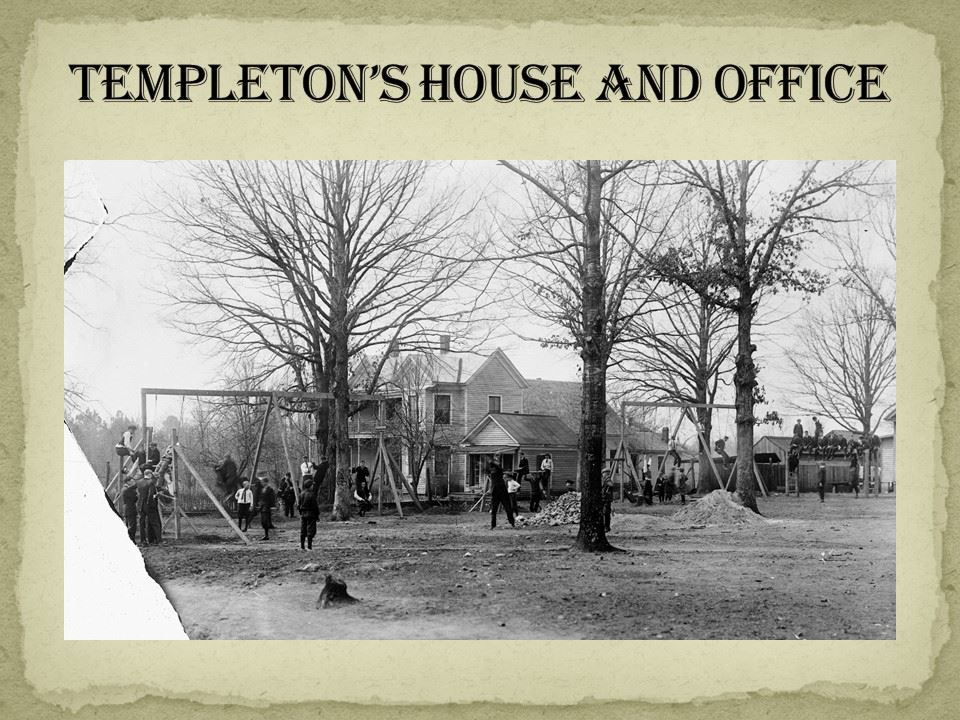
As well as being a town doctor, he was appointed by the state to coordinate the planning of the “Great Central Highway” route through the area. We learned earlier that the 1st five blocks of East Chatham Street were built as part of the project which re-routed this highway down Chatham instead of Railroad Street. He also served as President of the Wake County Good Roads Association. Dr. Templeton was a member of the Methodist Church and followed fellow Methodist Frank Page’s example of being a prohibitionist. He ran as a prohibition candidate for Congress and for governor of North Carolina. He served on the Board of Directors of Cary High School and was a member of the Cary School Committee. He also farmed AND owned a saw mill. Amazingly, he also served as a doctor in World War I at the age of 61.
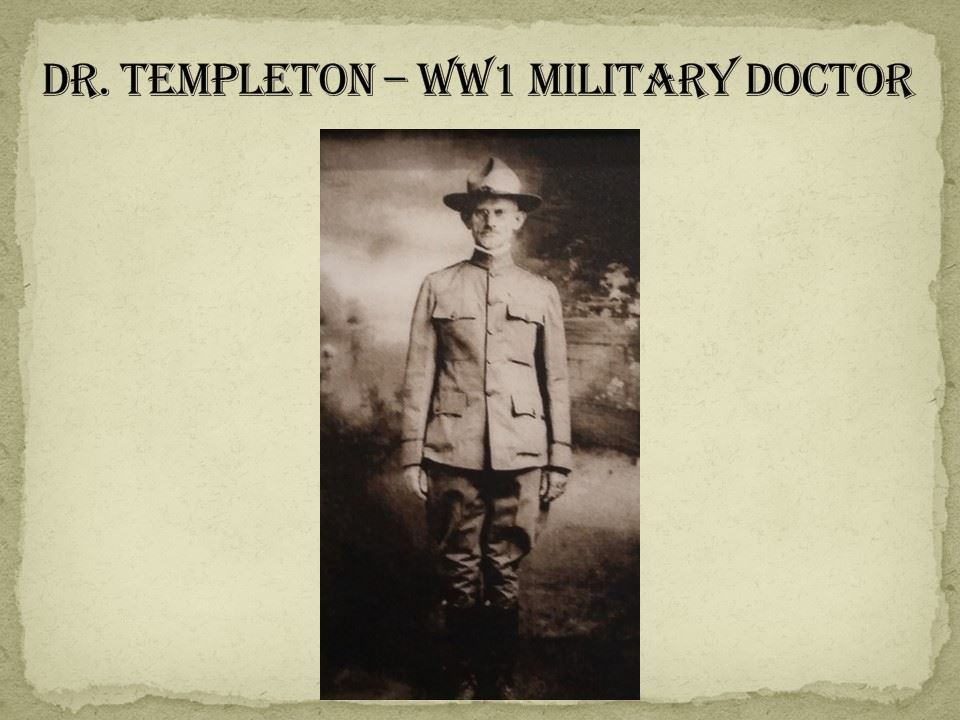
His military uniform is on display in the Cary Museum at the Page Walker. His grave marker in historic Hillcrest Cemetery reads, “A country doctor who served his nation in the time of war, his community in the time of peace, the rich and poor alike,” a fitting tribute.
Now that we know about the marriage of Rachel Jones to Dr. Templeton, it’s an easy transition to talk about a little street that disappeared and has now reappeared in a slightly different spot in downtown.
Jones Street
One of Frank Page’s earliest land sales in Cary was to Rufus Henry Jones, the grandson of both Nathaniel Jones of White Plains and Nathaniel Jones of Crabtree.
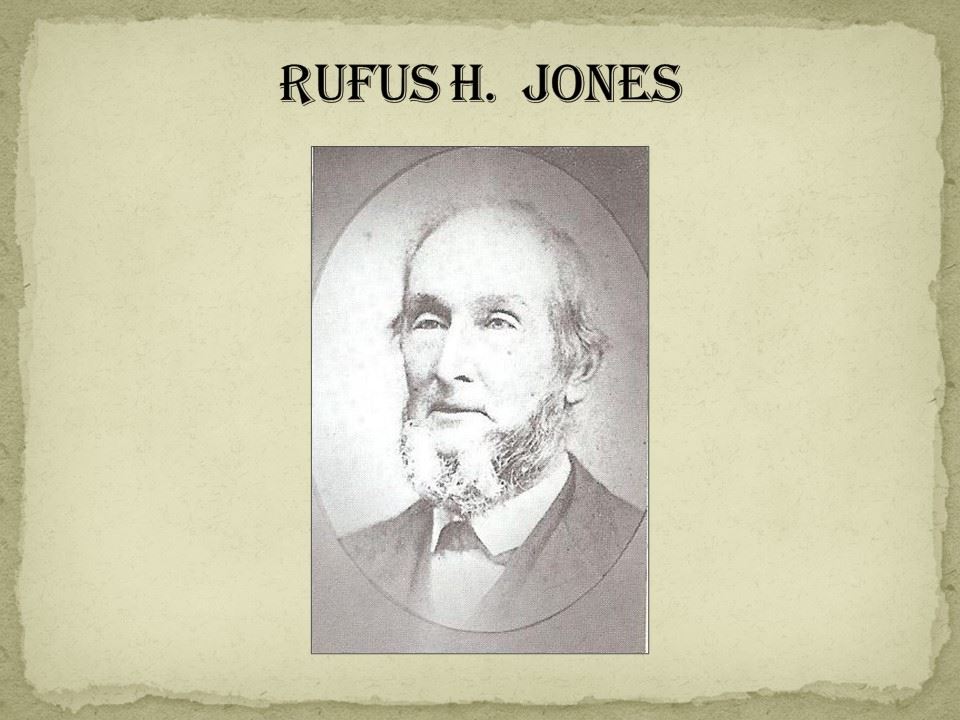
Frank sold Rufus Jones Lot #1 in Cary in 1869 in the 200 block of W. Chatham Street. Jones Street ran beside the current day Barnes Family Properties office and then turned a sharp corner to join Academy Street. You can see the original location of Jones Street on the above map.
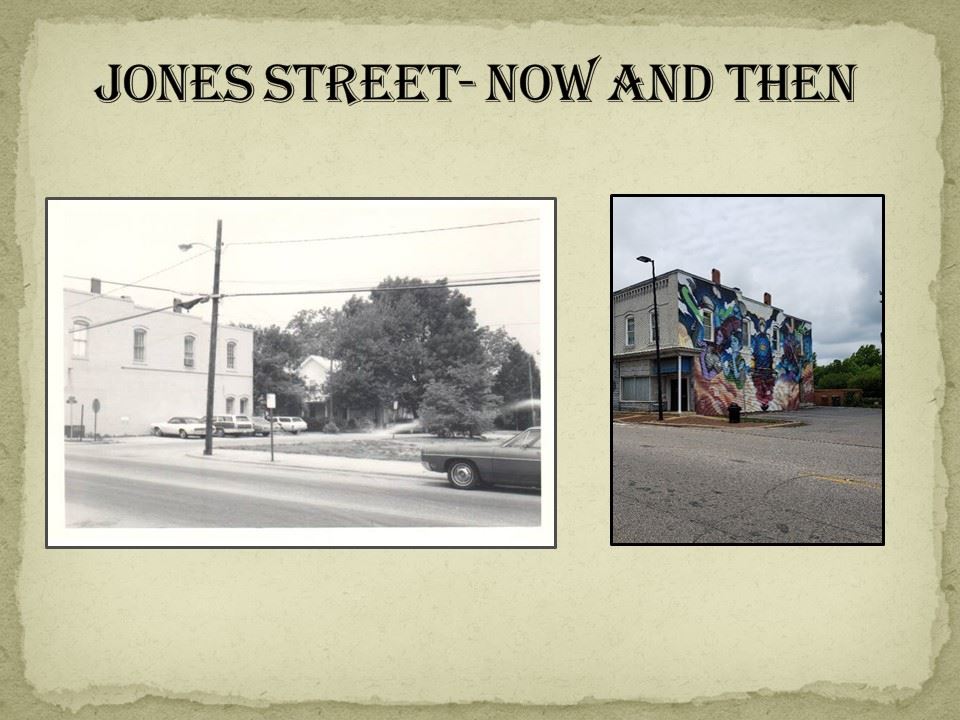
Rufus grew up in the area. His mother was Nancy Jones of the historic Nancy Jones house. He graduated from UNC in 1843 and established an early school in the area. In 1873, Frank Page sold a 1/3 interest in his Cary School to him, and he became principal of the school. Later, in 1886 Page sold his remaining interest in the school to Rufus’s daughters, Sarah and Loulie Jones. Rufus also had a very full civic life in addition to his contributions to education. He was elected to the North Carolina House of Commons in 1848, was named a town commissioner on the original Cary Town Council in 1871, and was an early and influential member of the Methodist Church. Rufus also served as Wake County’s Superintendent of Common Schools and as a Wake County Commissioner. That’s just part of the history of this illustrious Jones family member. Jones Street on the north side of W Chatham Street disappeared when the Fidelity Bank took over the entire block and built their multi-story building and parking lot. But Jones Street has returned, close to its original location. Look for the street sign in front of the historic Ivey Ellington House.
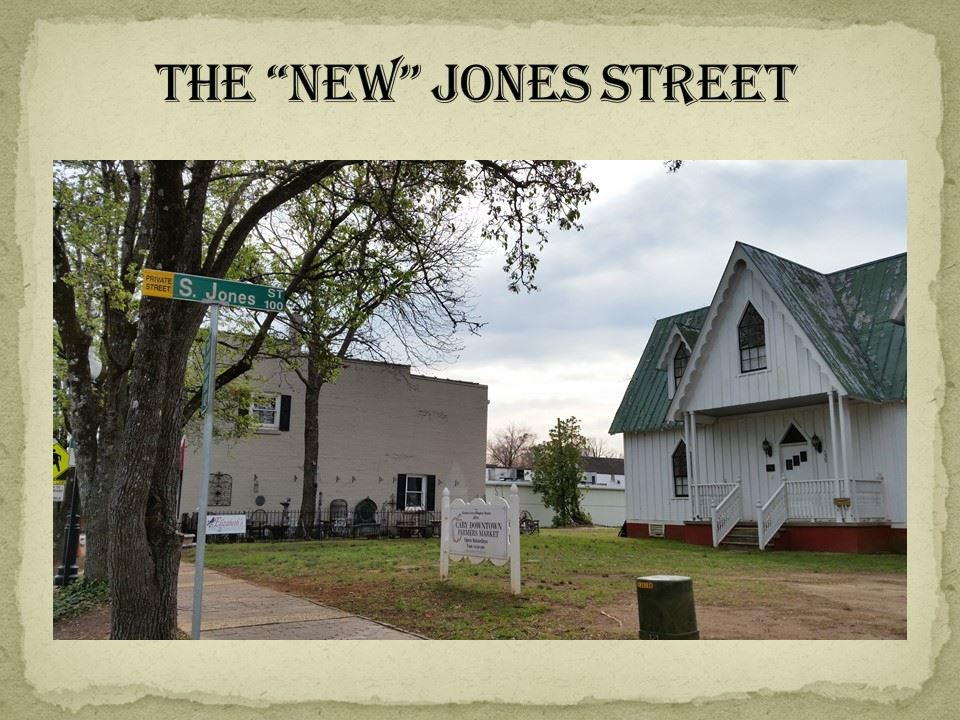
As you navigate your way through and around downtown Cary, we hope you will look for these street signs and have a renewed appreciation for Cary's long history. We will continue this series soon with other street names that tell more of the story of Cary.